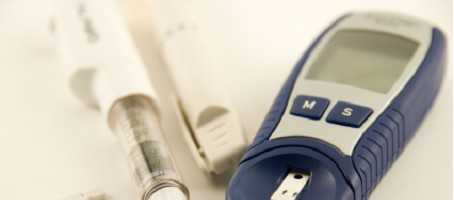There has been a 74 per cent increase in the economic burden of prediabetes in the United States over the last five years.
A study, published in the December issue of Diabetes Care, found the economic burden of diabetes now exceeds more than $322 billion in excess medical costs and lost productivity in 2012.
The study included a state-by-state breakdown of diabetes prevalence and costs, with 86 million adults found to have prediabetes in the US.
What is prediabetes?
Prediabetes is a condition in which blood sugar levels are elevated, but not high enough to merit a diagnosis of diabetes.
The results were described as “alarming” in the editorial due to the rise of prediabetes as well as undiagnosed diabetes – in which 8.1 million were found to class in that group.
The 74 per cent increase of the cost of prediabetes came to a $44 billion rise over five years, while undiagnosed diabetes rose to 82 per cent ($33 billion) over the same period.
“These statistics underscore the importance of finding ways to reduce the burden of prediabetes and diabetes through better prevention and treatment,” said lead investigator Timothy M. Dall, MS, Managing Director with IHS Life Sciences.
Prediabetes in the UK
Between 2003 and 2011, the prevalence of prediabetes in England alone tripled, with over 35 per cent of the adult population being diagnosed with prediabetes.
You should be tested for prediabetes if you possess risk factors such as high blood pressure, being overweight and being over the age of 40.
What's new on the forum? ⭐️
Get our free newsletters
Stay up to date with the latest news, research and breakthroughs.




